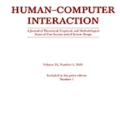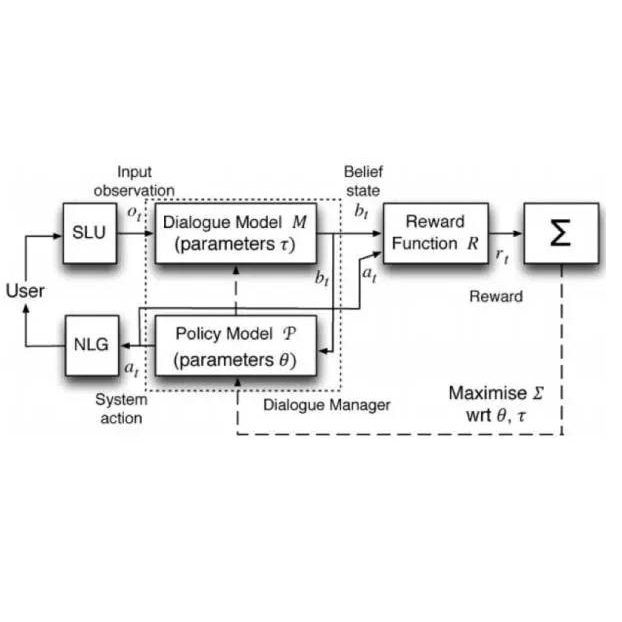User engagement with data privacy and security through consent banners has become a ubiquitous part of interacting with internet services. While previous work has addressed consent banners from either interaction design, legal, and ethics-focused perspectives, little research addresses the connections among multiple disciplinary approaches, including tensions and opportunities that transcend disciplinary boundaries. In this paper, we draw together perspectives and commentary from HCI, design, privacy and data protection, and legal research communities, using the language and strategies of "dark patterns" to perform an interaction criticism reading of three different types of consent banners. Our analysis builds upon designer, interface, user, and social context lenses to raise tensions and synergies that arise together in complex, contingent, and conflicting ways in the act of designing consent banners. We conclude with opportunities for transdisciplinary dialogue across legal, ethical, computer science, and interactive systems scholarship to translate matters of ethical concern into public policy.
翻译:用户通过同意的横幅参与数据隐私和安全已成为与互联网服务互动的无处不在的一部分。虽然先前的工作从互动设计、法律和道德角度处理同意的横幅,但几乎没有研究涉及多种纪律办法之间的联系,包括超越纪律界限的紧张关系和机会。在本文件中,我们从HCI、设计、隐私和数据保护以及法律研究界收集观点和评论,利用“暗型”的语言和战略对三种不同类型的同意横幅进行互动批评阅读。我们的分析建立在设计者、界面、用户和社会背景的透镜上,以在设计同意横幅时以复杂、应急和相互冲突的方式产生紧张和协同效应。我们最后有机会进行跨法律、伦理、计算机科学和互动系统的跨学科对话,将道德关切问题转化为公共政策。




